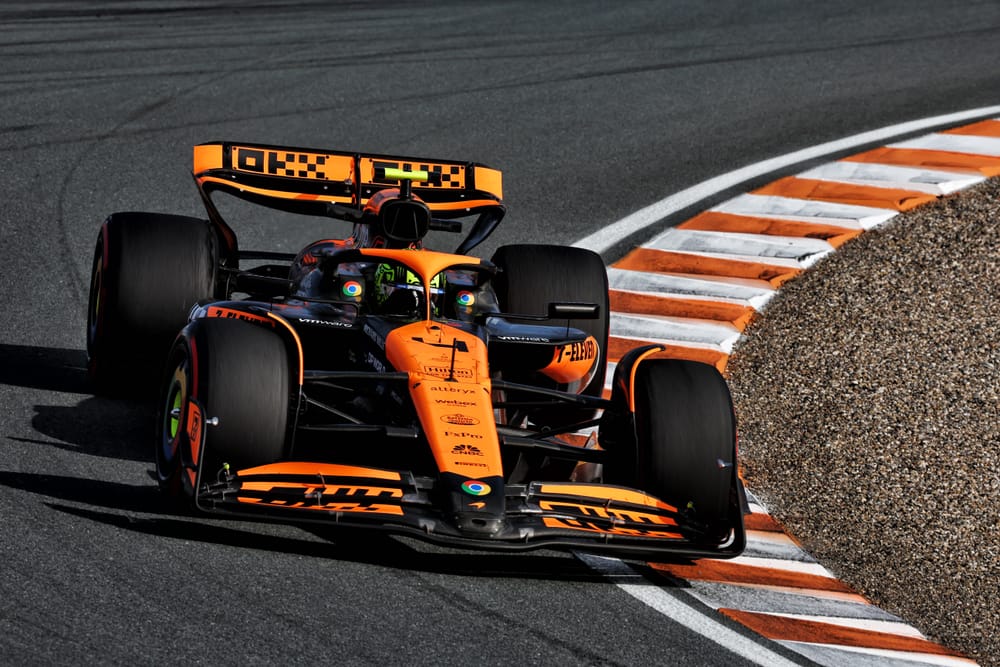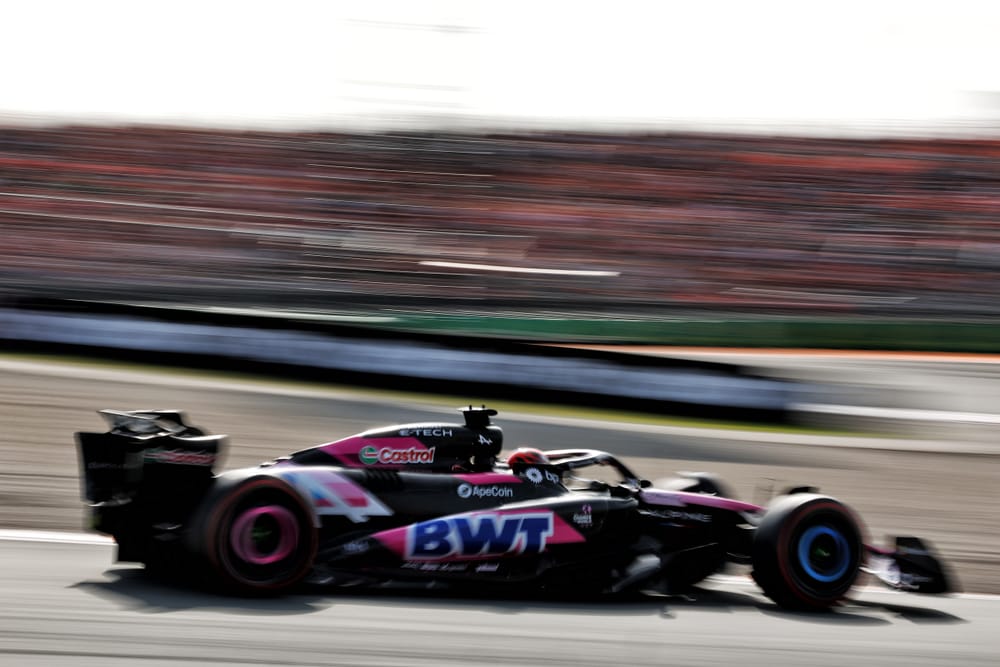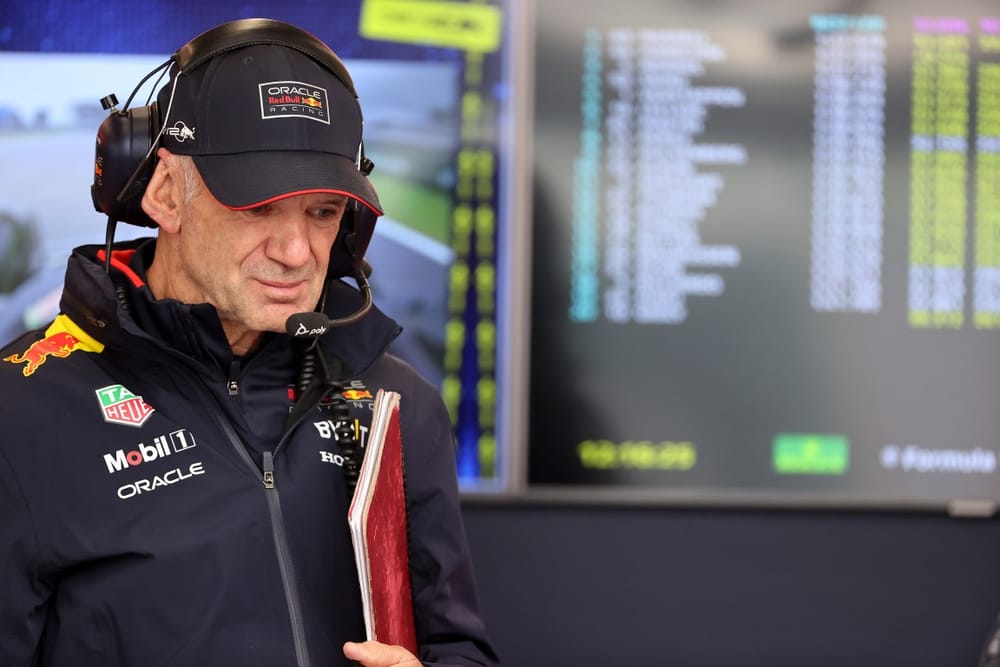Up Next

Like so often this season, Formula 1 qualifying came down to Lando Norris vs Max Verstappen but in the end, it wasn’t much of a contest thanks to a stupendous final Q3 lap from Norris, which put him on pole position by 0.356s around a very short lap.
Ever since its Miami upgrade the McLaren has been a car fast regardless of track layout, tyre choice, track temperature, track surface, wind conditions. The Red Bull has been less robustly fast – still capable on its day of being the fastest of all but usually only after a lot of set-up fine-tuning.
The weather conditions over the Zandvoort weekend could hardly have been less favourable to a Red Bull which needs a lot of fine-tuning, with much of FP1 and all of FP3 being lost to rain and all of the sessions subject to the wild load variations resulting from very powerful wind gusts.
In such circumstances you’d want to be in a McLaren. Not a Red Bull which needed more set-up work than was available to give it the benign confidence-boosting balance so valuable to lap time and which reacted much more viscously to variations in the wind.
Not even a Mercedes which seemed overly sensitive to the track temperature variations and ultimately unable to generate front tyre temperature quickly enough, but then overheating the rears before the end of the lap.
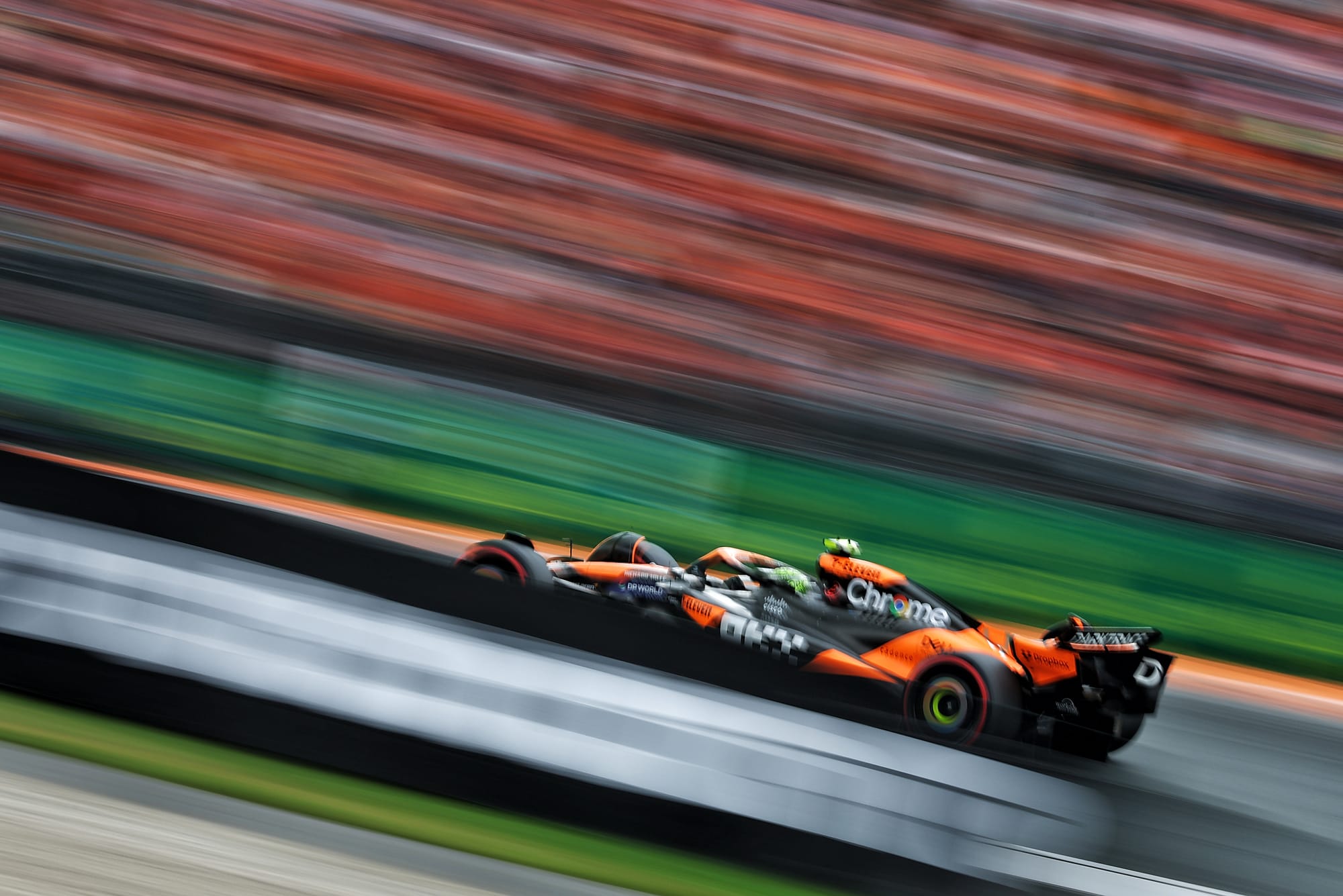
But even so… accepting all that. This was a fantastic lap from Norris. He’d been quickest after the first Q3 runs but only by 0.1s from team-mate Oscar Piastri and 0.148s from Verstappen. In the final runs he found a massive four-tenths, compared to 0.19s for Max and only a couple of hundredths from Piastri.
“It was one of the best laps I’ve done,” he acknowledged afterwards. “It felt good all the way through. The car felt comfortable all weekend. Today from start of qually it felt in a good rhythm. This is not an easy track but it’s even more difficult with the wind.”
The sort of situation in which being confident the car wasn’t going to bite you was worth even more laptime than usual. The McLaren’s nicely progressive balance was gold dust.
Furthermore, with its new update and a much more efficient high-downforce rear wing, that nice balance was coming at even higher grip levels than before – and it was no longer losing time to the Red Bull in the DRS zones. It was as if Norris was just feeling out the car’s newly-enhanced limits in the unstable conditions and liking what he found more and more.
“It was just about doing laps which are mistake-free, not locking up or doing anything which would make me lose a bit of confidence, but just chipping away,” he said. “It’s our first real performance-enhancing upgrade we’ve put on the car since Miami. We took our time to make sure it worked well when we put it on the car.”
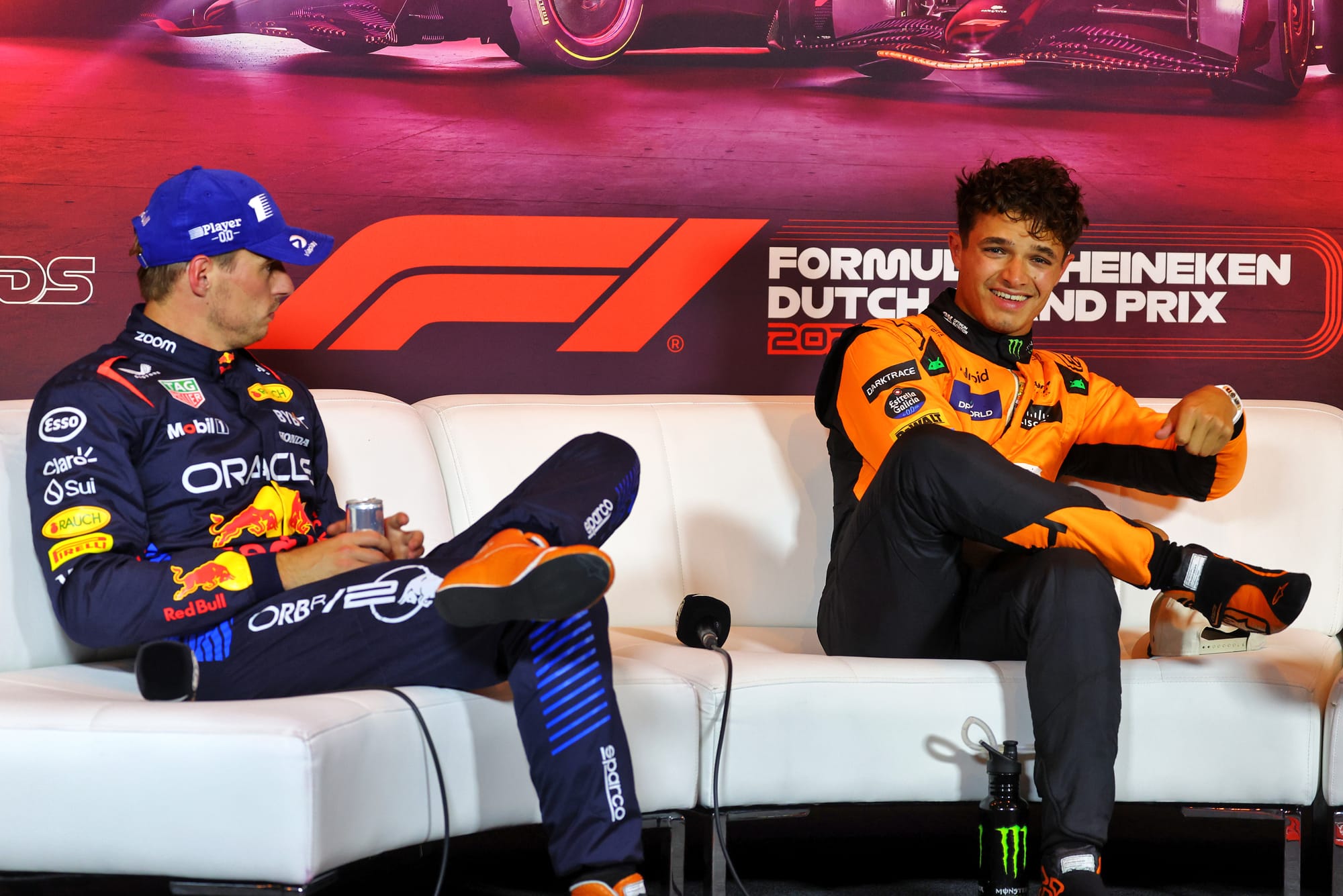
Contrast with Verstappen’s summary of his session. “I had a bit of a moment through 11-12,” he said. “But I never really felt comfortable. Every run there was always one or two corners where I felt I was losing a lot of time. Just a gust of wind felt like it was very sensitive for us.
"The car was responding very aggressively to it. Every run I did was different, a different balance every time. The first Q3 lap was not too bad. For the final one I tried to push a bit more but it was just snappy and on the edge.”
Looking at the GPS overlay of their laps, the Red Bull is actually slightly better than the McLaren in tailwind conditions (so the entries to Turn 1, Turn 10, Turn 11) but loses far more in the headwinds. That tallies for a car which is more nervous and edge on corner entry in neutral conditions. The McLaren can take much fuller advantage of the favours of the headwind, whereas it just induces snappiness in the Red Bull.
So with the wind blowing down the main straight for a tailwind into Tarzan, Verstappen is marginally ahead into and through Turn 1. But Norris picks up almost 0.15s on the exit as the turn goes through 180-degrees. His advantage builds to over 0.2s before the tailwind corner of Turn 10 where Verstappen actually grabs almost all of that deficit back, 7km/h quicker into the corner, later on the brakes. But as soon as the initial direction change is completed, the McLaren is planted and exits faster.
Although Verstappen gets marginally ahead on the lap as he brakes into the tight Turn 11-12, it’s only because he’s over-done it and the resultant snap loses him more than he’s gained on entry. From there it’s just bleeding laptime for the remainder of the lap, quite probably from the temperature spike he will have put into the rear tyres with that moment.
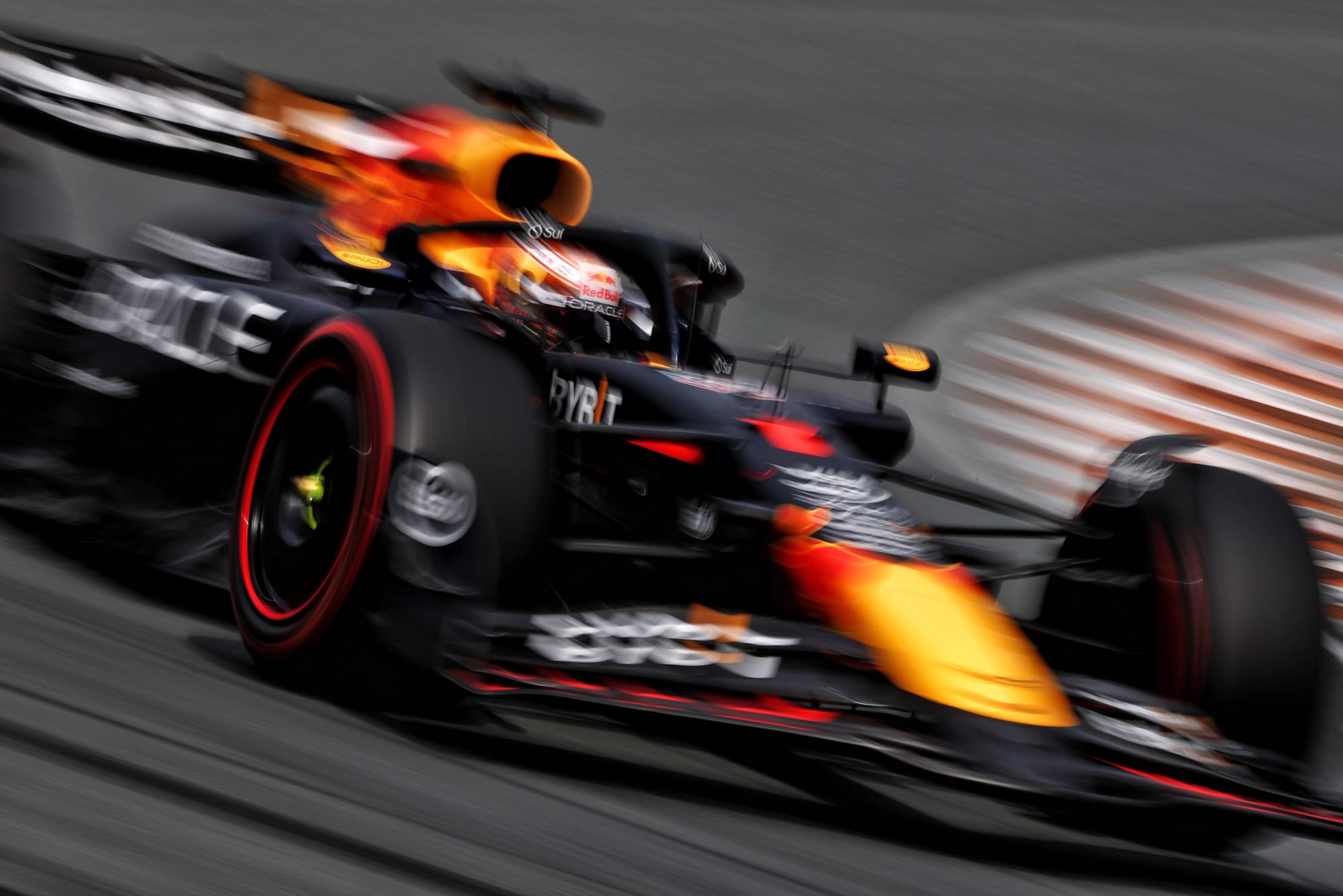
It's not as if he can rely on the Red Bull’s usual superior DRS boost either. The McLaren’s new wing looks like it can match that.
Norris’ lap was pretty sensational but, as we’ve explained here many times before, if the car is doing what a driver needs it to be doing to make him feel comfortable, that driver will find a much higher ceiling of personal performance than one constrained by a car which doesn’t give them that confidence. So was Norris’ lap better than Verstappen’s? Yes. It will have tracked a much closer match to the theoretical limits of the car as defined by its load, balance, traction and power. But does that automatically carry more merit? No. Because the unmeasurable penalty of uncertainty imposed by any unpredictability in balance and consistency.
This is a fundamental reality about motor racing that is not widely appreciated.
Putting the Red Bull on the front row was an over-performance from Verstappen, perhaps aided by how the Mercedes got caught out by its apparent over-sensitivity to track temperature (Lewis Hamilton didn't even make Q3). But also from an under-performance from Piastri who was clearly disappointed with his final lap.
It all began going wrong for him on the prep lap as he backed off for a long time out of T12 so as to not impede the end of Pierre Gasly’s flying lap. In that moment his tyres lost enough temperature that he suffered a big snap through turn 1 and an understeer moment mid-Turn 3. In those two moments was most of the half-second by which he trailed Norris.
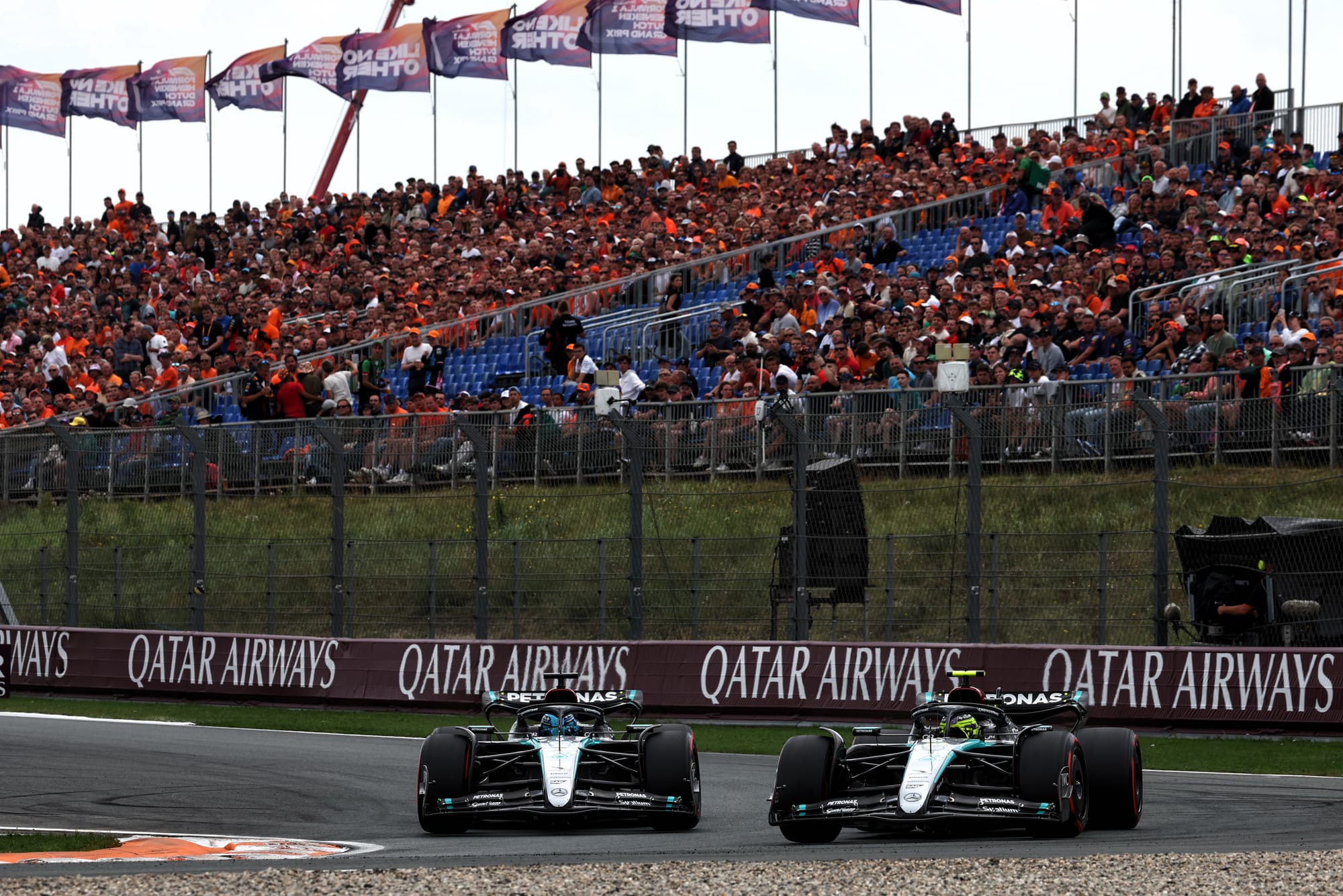
Russell’s fourth-fastest Mercedes was a further tenth adrift, with George summarising it as follows. “In reality I think our car is only maybe half-a-tenth or a tenth slower than the McLaren here. But it’s all about the tyres. You want to start the lap with your tyres as cold as possible but if you go one degree below the limit you’ll probably lose half a second. If you’re one degree over, you lose a tenth. It’s like you’re edging closer to the edge of a cliff, and you go one step too far and you’re off.
"I was on a really strong lap. I was matching Lando I think, two and a half tenths up on myself, then the tyres were overheating and I just lost more performance than I expected in the last half of the lap.”
But even that was better than Ferrari which, just as before the break, is just generally lacking in downforce at the ride height they are forced to run it to keep it from bouncing. The longer the corner, the greater the loss and Zandvoort consists almost entirely of long corners. The loss is there whether slow, medium or fast. Charles Leclerc’s sixth-fastest time, just ahead of Fernando Alonso’s Aston (with Carlos Sainz joining Hamilton in going out at the Q2 stage) is simply a fair representation of where the car is at.


